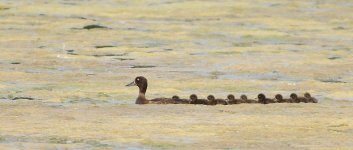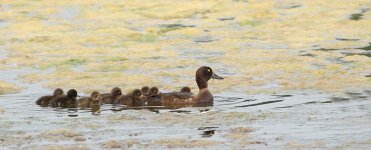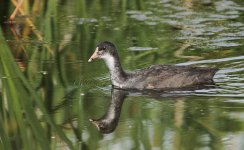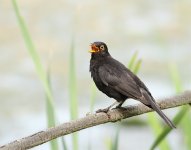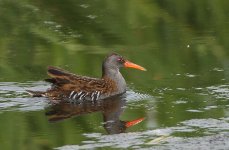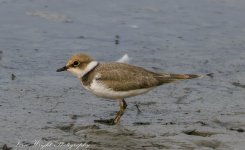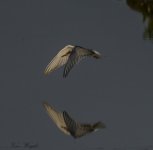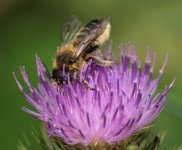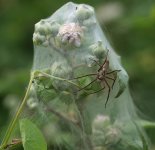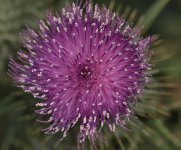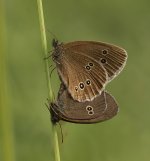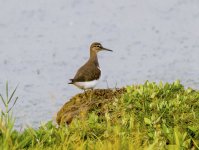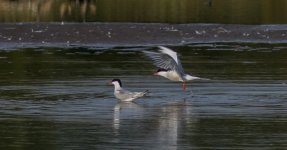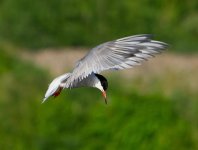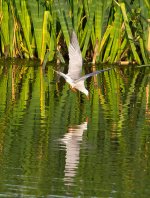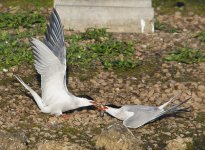upstarts1979
Well-known member
Update from JTB at the Flashes: 13 LRP (4 juvs fledged elsewhere + 9 adults), 47 Avocet (including 32 chicks / juvs), 7 Green Sand, 2 Common Sands. 10 Common Terns just arrived.
Just got back after a 13 hour session,
To add to the Flashes: Tufted 17 chicks on the 3rd Flash with 1 female almost certainly 2 broods.
Curlew 17 came in late, lapwing 8 (1 juv), 2 oystercatchers.
The Avocet chick from the last brood hatched had been lost. This means, presuming that the last 4 chicks all fledge, we have 11 successful pairs raising an average of 3 chicks per pair.
Sailing pool and education reserve: GCG ad + 1 half grown chick, 5 reed warblers and a whitethroat near the sandy heath. 3 chiffchaff and a blackcap singing.
MOORS:
lapwing 12 + 2 or 3 chicks, water rail calling from north moors and a third grown chick in ditch in front of new hide.
Last edited:





